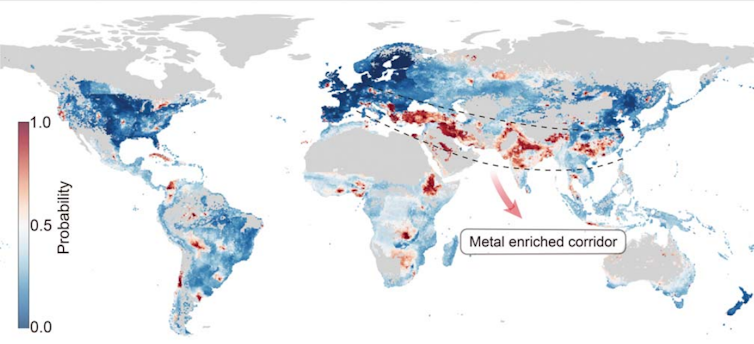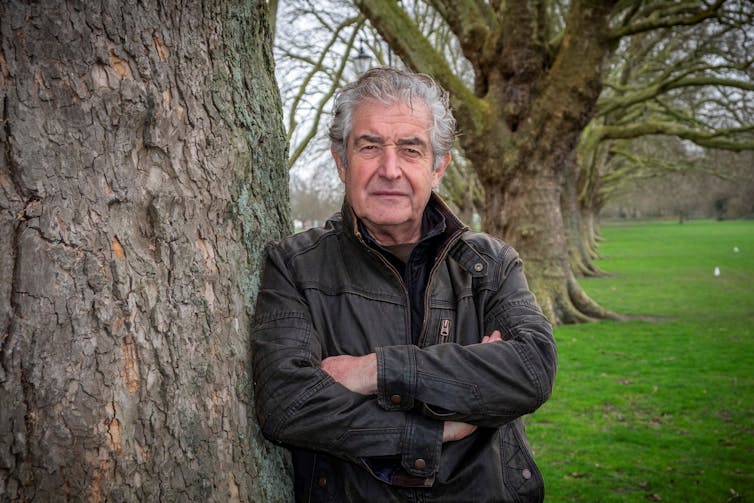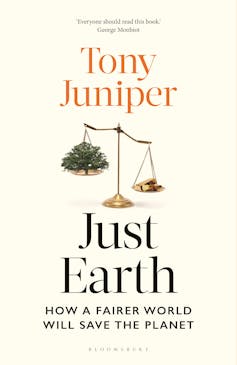
People in the UK are eating too much meat – especially processed meat – according to a recent report from the Food Foundation, a UK charity.
The report recommends revisiting school food standards, which advises schools to serve meat three times a week. The consequence? Children often eat a higher proportion of processed meat than adults.
The effects of meat-heavy diets are well documented. Some analyses estimate that overconsumption of meat, especially processed red meat, costs the global economy around £219 billion annually, in terms of harms to human health and the environment. At the same time, a growing body of evidence shows that a transition toward more plant-based diets is not just beneficial, but essential.
And yet efforts to reduce meat consumption haven’t always been well received. In Paris, for instance, the mayor’s initiative to remove meat from municipal canteen menus twice a week triggered an angry backlash from unions and workers who called for the return of steak frites.
A few years ago, meat consumption in the UK was falling, and interest in initiatives like Veganuary was surging. Venture capital flooded into plant-based startups, from cricket burgers to hemp milk.
But enthusiasm, and investment, has since declined. Meanwhile, populism and “culture war” narratives have fuelled social media misinformation about food, diet and sustainability, hampering progress. So what has changed? And why is meat once again a flashpoint in the food debate?
Working with the H3 Consortium, which explores pathways to food system transformation in the UK, our research has focused on why the backlash against plant-based diets is growing and what it means for people, animals and the planet.
Part of the answer lies in coordinated messaging campaigns that frame meat and dairy not just as “normal” but as “natural” and essential to a balanced diet. One example is the Let’s Eat Balanced campaign, run by the Agriculture and Horticulture Development Board since 2021. It promotes meat and dairy as key sources of micronutrients such as Vitamin B12 and implicitly positions plant-based diets as nutritionally inadequate.
But here’s the irony: many intensively farmed animals don’t get B12 from their diet naturally. Their feed is supplemented with vitamins and minerals, just as vegan diets are supplemented. So is meat really a more “natural” source of B12 than a pill?
That raises a broader question: what could a fair and sustainable transition to plant-based protein look like – not just for consumers, but for farmers and rural communities? Some analyses warn that rapid shifts in land use toward arable farming could have serious unintended consequences, such as disrupting rural economies and threatening livelihoods.
There are also legitimate questions about the healthiness of meat and dairy alternatives. Despite the early hype around alternative proteins, many products fall under the category of ultra-processed foods (UPFs) – a red flag for consumers wary of additives and artificial ingredients.
The popularity of books like Chris van Tulleken’s Ultra-Processed People has stoked concerns about emulsifiers, ingredients used to bind veggie burgers or prevent vegan milk from curdling, and some headlines have asked whether they “destroy” our gut health.
Still, it’s a leap to suggest that conventional red meat is the healthier alternative. The health risks of processed meat are well established, especially the carcinogenic effects of nitrites used to keep meat looking fresh in packaging.
Some people suggest eating chicken instead of red meat because it produces less greenhouse gas. But raising chickens also causes problems, like pollution from chicken manure that harms rivers, and it depends a lot on soy feed, which can be affected by political and trade issues.
There’s a strong case for reducing meat consumption, and the scientific evidence to support it is robust. But understanding the backlash against plant-based eating is essential if we want to make meaningful progress. For now, meat is not disappearing from our diets. In fact, the food fight may be just getting started.![]()
——————————
This blog is written by Dr Jonathan Beacham, Research Fellow, University of Bristol Business School, University of Bristol and David M. Evans, Professor of Sociotechnical Futures, University of Bristol Business School, University of Bristol. This article is republished from The Conversation under a Creative Commons license. Read the original article.


























